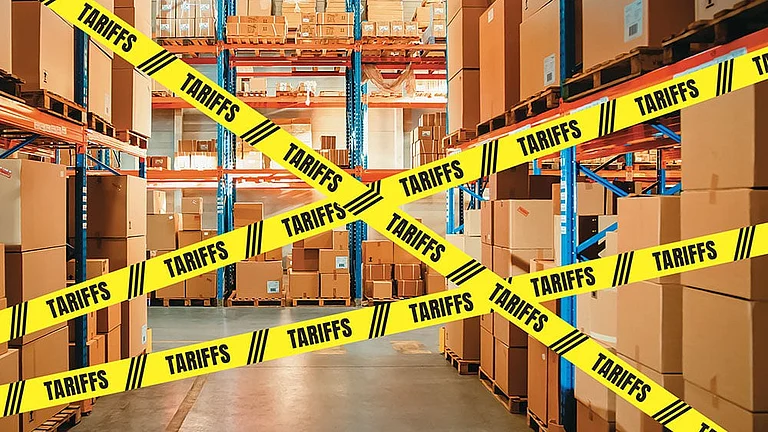India's increasing emphasis on corn-based ethanol production has turned the country from Asia's primary corn exporter to a net importer for the first time in decades. This shift is putting pressure on domestic poultry producers and causing disruptions in global supply chains, according to a Reuters report.
In January, the Indian government raised the procurement price of corn-based ethanol to reduce carbon emissions and ensure a steady supply of low-cost sugar. This move is expected to make India a permanent net importer of corn, which may keep global prices buoyant despite current lows.
The move has left local poultry producers struggling with soaring feed costs, as domestic corn prices have surged well above global benchmarks.
To alleviate this pressure, they are urging the government to scrap import duties and lift its ban on genetically modified (GM) corn, which limits their purchasing options.
India usually exports between 2 and 4 million metric tonnes of corn each year. However, in 2024, exports are expected to drop to 450,000 tonnes, and the country is expected to import a record 1 million tonnes, mainly from Myanmar and Ukraine, both of which grow non-GM corn, according to traders.
Traditionally, India's poultry and starch industries have used most of the country's 36 million tonnes of corn production. However, ethanol distilleries started using corn last year, and their demand increased in 2024 after the government limited the use of sugarcane for fuel due to a drought. This caused a 5 million tonne shortage, according to an official from the All India
Olam, a significant agri-business company, projects that ethanol distilleries will need between 6 and 7 million tonnes of corn every year, a demand that can only be satisfied through imports. Additionally, India's traditional corn export destinations, such as Vietnam, Bangladesh, Nepal, and Malaysia, are now looking to South American and U.S. suppliers due to reduced availability from India.
India is aiming to lessen carbon emissions by increasing the ethanol blend in gasoline to 20 percent by 2025-26, up from the current 13 percent. To achieve this target, India will require over 10 billion litres of ethanol, which is double the volume produced in the year ending October 2023.
This year, approximately 3.5 million tonnes of corn were used to produce 1.35 billion litres of ethanol—roughly four times more than the previous year, according to government data. An unnamed official stated that producing 3 billion litres of corn-based ethanol will require nearly 8 million tonnes of corn, and the growing demand for corn-based ethanol is driving up local prices.
The rising prices of corn are posing challenges for India’s poultry industry, where feed accounts for 75 percent of production costs. Uddhav Ahire, chairman of Anand Agro Group in Nashik, reported that the farm gate price of broilers is 75 rupees, but production costs have risen to 90 rupees due to soaring feed costs.
Corn imports are currently subject to a 50 percent import duty, though the government allowed 500,000 tonnes to be imported at a concessional duty rate of 15 percent. However, many producers argue this is not enough to alleviate the financial burden.
Attracted by the higher prices, farmers like Krishna Shedge in Maharashtra’s Jalna district have reduced soybean cultivation in favour of expanding corn acreage. The area under corn cultivation has risen by 7 percent from last year to 8.7 million hectares, according to farm ministry data.
Small poultry farmers have few options other than reducing production and decreasing the proportion of corn in feed until new season supplies bring down prices. Meanwhile, India’s booming demand for corn has pushed prices in Myanmar up to around $270 per metric tonne, free on board (FOB), from $220, encouraging more farmers to plant corn.
Starch manufacturers in India are also importing duty-free corn from Ukraine under the Advance Licence Scheme, which requires an equal volume of finished goods to be exported. Ukraine’s corn exports to India began increasing in January, totalling around 400,000 tonnes by the end of August, according to estimates by ASAP agricultural consultancy.
India’s corn imports soared to 531,703 tonnes in the first half of 2024, up from just 4,981 tonnes a year earlier, while exports fell by 87 percent, dropping from 1.8 million tonnes to 241,889 tonnes, according to trade ministry data.






























